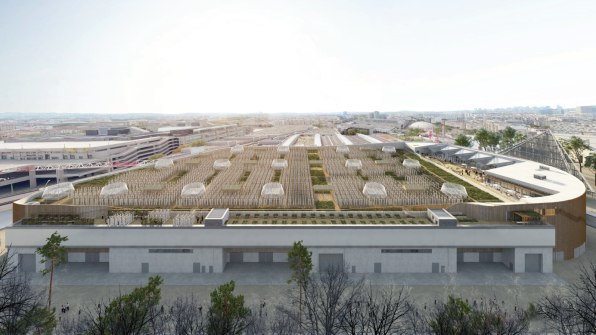National Drive Electric Week™ is September 14-22, 2019.
Join us for a celebration near you.

If you're thinking of organizing or helping at an event, please join us for a National Drive Electric Week Webinar:
Drive Electric Week: Engaging With Media Tuesday , August 20, 2019 at 9:00 am Pacific/12:00 pm Eastern
Drive Electric Week: Engaging With Attendees Tuesday , August 27, 2019 at 9:00 am Pacific/12:00 pm Eastern
National Drive Electric Week 2019 celebrations will take place across the US and other countries. The map below shows all of the event locations. Click on a pin to get more information about any of the 238 2019 events.
Continue reading at: National Drive Electric Week 2019 - Event Map
Join us for a celebration near you.

If you're thinking of organizing or helping at an event, please join us for a National Drive Electric Week Webinar:
Drive Electric Week: Engaging With Media Tuesday , August 20, 2019 at 9:00 am Pacific/12:00 pm Eastern
Drive Electric Week: Engaging With Attendees Tuesday , August 27, 2019 at 9:00 am Pacific/12:00 pm Eastern
National Drive Electric Week 2019 celebrations will take place across the US and other countries. The map below shows all of the event locations. Click on a pin to get more information about any of the 238 2019 events.
Continue reading at: National Drive Electric Week 2019 - Event Map






